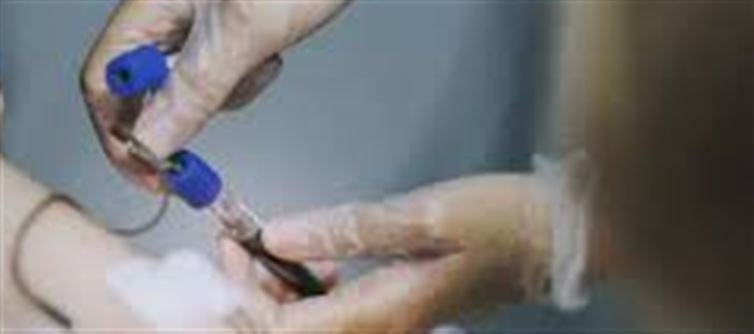
Early Detection of Cancer: A Lifesaver
One of the most significant challenges in the fight against cancer is early detection. The earlier cancer is diagnosed, the higher the chances of successful treatment and survival. Researchers have recently made a breakthrough in this area with a new blood test that can detect head and neck cancer up to 10 years earlier than traditional diagnostic methods. This could be a game-changer, especially for cancers that typically go undetected until later stages.
How Does This New Blood Test Work?
This novel blood test is designed to identify biomarkers in the blood that are linked to the development of head and neck cancers. By analyzing these biomarkers, the test can detect the presence of cancerous cells long before physical symptoms appear. This allows doctors to intervene early, which can drastically improve the patient’s treatment options and prognosis.
Key Features of the Test:
· Early Detection: Detects cancer up to a decade before conventional diagnostic methods, such as imaging or biopsies, would typically identify the disease.
· Minimally Invasive: Unlike tissue biopsies, which can be painful, the blood test requires only a simple blood sample, making it much easier for patients.
· Improved Prognosis: Early detection increases the chances of successful treatment, which can be less aggressive and more effective.
Why Is Early Detection So Crucial for Head and Neck Cancer?
Head and neck cancers, which include cancers of the mouth, throat, voice box, and sinuses, often don’t show noticeable symptoms until they reach advanced stages. Symptoms like persistent hoarseness, pain, or difficulty swallowing can easily be mistaken for common illnesses or other conditions, delaying diagnosis.
By the time symptoms become severe, the cancer may have already spread, reducing the effectiveness of treatment and lowering the chances of recovery.
The Potential Impact of This Blood Test
The potential impact of this blood test is immense. By catching cancer early, patients will be able to begin treatment at a much less invasive and aggressive stage. Treatment options could be less harsh, reducing side effects, and in many cases, leading to faster recovery and a better quality of life.
Furthermore, the test can help reduce the emotional toll of waiting for a diagnosis. Knowing that there is a simple, quick way to monitor for early signs of cancer can bring peace of mind to people who are at risk.
What This Means for the Future of cancer Detection
This blood test is just the beginning of a new era in cancer detection. As research into cancer biomarkers continues to advance, it's possible that we may see similar tests developed for other types of cancer. The ability to catch cancers like breast cancer, lung cancer, or pancreatic cancer early could radically change the survival rates for these diseases as well.
Next Steps and Availability
Although the new blood test is promising, it's still in the research phase, and more studies are required to ensure its accuracy and effectiveness. However, once approved, it could become part of regular screening for those at higher risk of head and neck cancers, such as those with a history of smoking, alcohol use, or exposure to certain environmental factors.
Conclusion
The new blood test for head and neck cancer marks a significant step forward in cancer detection, offering hope for earlier diagnosis and more effective treatments. As science progresses, this test may soon become an invaluable tool in the fight against cancer, offering a brighter future for patients and families affected by this devastating disease.
In the coming years, such innovations could change the landscape of healthcare, making early cancer detection more accessible and effective for everyone.
Disclaimer:
The views and opinions expressed in this article are those of the author and do not necessarily reflect the official policy or position of any agency, organization, employer, or company. All information provided is for general informational purposes only. While every effort has been made to ensure accuracy, we make no representations or warranties of any kind, express or implied, about the completeness, reliability, or suitability of the information contained herein. Readers are advised to verify facts and seek professional advice where necessary. Any reliance placed on such information is strictly at the reader’s own risk.
.jpg)




 click and follow Indiaherald WhatsApp channel
click and follow Indiaherald WhatsApp channel